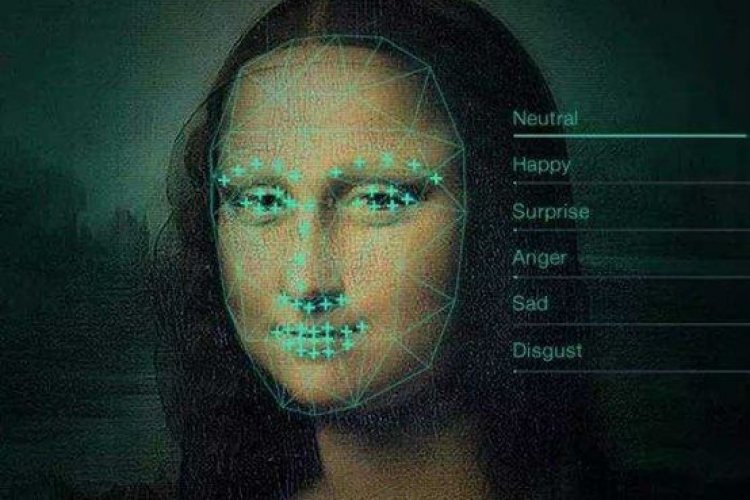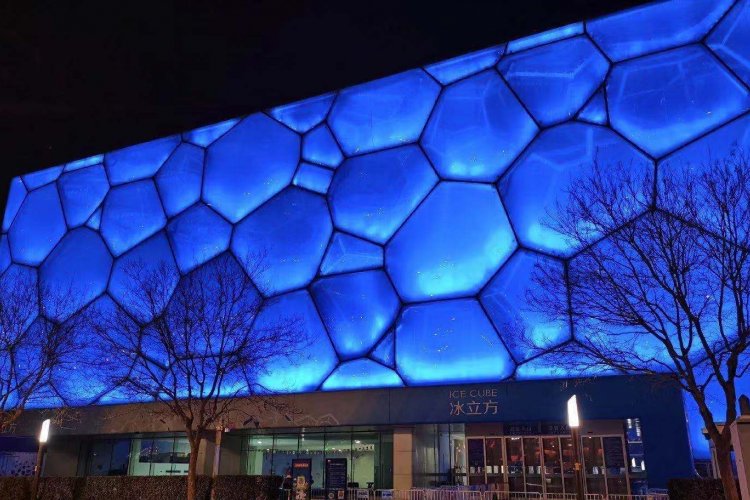Inside Xiaomi’s Everything Store at Beijing's The Place
This post comes courtesy of our content partners at TechNode.
Have you ever walked into a store, saw the products on display and thought you entered the wrong place? That’s what happened when I visited Xiaomi’s store at The Place in Beijing ... until it dawned on me: I was exactly where I meant to go.
Sports shoes, toothbrushes, and mattresses are not the kind of products you would expect to find in a store selling high-tech consumer electronics. But during the past year, Xiaomi has been churning out all kinds of goods, from smart appliances to pillowcases.
The smartphone maker seems intent on breaking the rules on what a tech company should look like. Although the company was once dubbed the Apple of China, visiting one of 300-plus Mi Home stores across the country is now more akin to a walk through Japanese retail store MUJI than an Apple Store.
There is the already ubiquitous low-cost air filter, water purifiers, and Roomba-style robot vacuum cleaners. There are smartphones, VR headsets, smart TVs, and drones. There are electric bikes and self-balancing scooters made with Ninebot, the Chinese company that bought Segway. And then there are other things.

Xiaomi’s product line now covers three areas – smartphones, smart devices connected to Xiaomi’s IoT platform, and non-smart products. It’s the “dumb” products that captured our attention – how does a company that sells smartphones turn to selling sofas? More importantly, how does it break the RMB 100 billion in annual sales threshold within just seven years of existence and become the most anticipated tech IPO of the year?
“Xiaomi had huge success with their phones but then they lost a lot of market share in 2016,” Peking University professor and Chinese consumer specialist Jeffrey Towson told TechNode. During 2016, Xiaomi saw stiff competition from low-cost phone makers Huawei, Oppo, and Vivo and decided to change its strategy. It opened its Mi Stores.
“They made the decision to no longer be just a smartphone company, they became a smart devices ecosystem company and now they are making another advance into a more lifestyle company,” Towson said.
Xiaomi has so far invested in 89 companies that make items in the Mi Ecosystem beyond their core products such as smartphones, smart TVs, and routers. According to the company, many of those have been incubated by Xiaomi from their founding. This means that Mi Stores, which suspiciously resemble Apple Stores, have been steadily filling up with products and attracting curious shoppers.

“Every time you go into a Xiaomi store there’s something new to discover,” said Towson.
Xiaomi reminds Towson of the old days of Apple when he used to go see what were the new products on display. But the similarities with Apple don’t stop at that or even at the design of Mi Stores and Xiaomi products (described as “simple, peaceful and humble” by senior director of industrial design of Mi Ecosystem Li Ningning).
According to Towson, Apple’s success was based on the relationship with its fans. This is how Apple turned itself from a consumer electronics brand into a luxury brand whose financials are not so different from Gucci and Prada. As Warren Buffet would put it, brands such as Apple own a piece of the consumer’s mind – they get into our heads and make us think positively about them. Xiaomi is halfway there, Towson believes.
Xiaomi fans or Mi Fans (米粉 which translates literally to “rice noodles” in Chinese) have indeed played an important part in Xiaomi’s growth. Mi Fans in China contribute to the design of Xiaomi’s products and participate in tweaking MIUI, Xiaomi’s smartphone operating system. They also participate in regular nationwide and city-level events.
But what drew fans to Xiaomi is not just good quality for an affordable price. As Xiaomi fan and TechNode’s Creative Director Liu Teng put it, Xiaomi is China’s “shanzhai (山寨) terminator”, the one company that is stopping counterfeit consumer goods.
“That is its biggest contribution to China’s manufacturing industry,” said Liu. “In the past, if you wanted to buy a new category of products, like a TV box or a Bluetooth audio converter, you would sometimes only have shanzhai goods.”
Liu does not see Xiaomi as China’s Apple but China’s Belkin – a US consumer electronics manufacturer that specializes in connected devices. He also sees differences in how Xiaomi approaches its consumers.

“I think Xiaomi is aiming for two types of consumers,” said Liu. “One is young people that want a higher quality of life. They buy products which are relatively inexpensive but have better design and manufacturing or have intelligent functions added to traditional products. It’s like China’s Belkin or China’s MUJI. Products such as rice cookers and projectors, these are for students or workers that have a lower budget. Xiaomi provides better quality for products such as smartphones and earphones but offers the same price as shanzhai.”
Will the sofas sell, however? Liu believes that some of China’s Mi Fans are not inclined to buy things like towels from a tech company. Other Mi Fans have raised eyebrows over Xiaomi’s increasingly colorful product palette. During Chinese New Year holiday, Xiaomi presented the latest products from its partners: a traditional Chinese lucky gourd made of copper. Xiaomi’s big thing might not be cloning MUJI or Belkin but selling fengshui, as Mi Fans have joked.

For now, Xiaomi does not offer all of its partner products in every country. In its biggest market outside of China is India. Xiaomi has opened its 25th store in the country called Mi Home Experience to test which of products besides phones might take off. The company also opened its first store in western Europe in Spain in November last year, and, according to media reports, the US might be next.
Looking at Xiaomi’s Indian success (in 2017 the company saw a 696% sales surge to $1.3 billion), there is reason to be optimistic about the international spread of Mi fandom: In China, companies such as Xiaomi have already driven prices of high tech products down so much that the term “cabbagification” (白菜化) has entered the Chinese vocabulary. A recent viral video of a farmer in rural China driving to her field on a Ninebot self-balancing scooter showed that technology products that were once expensive and advanced have become as widespread as cabbage. International shoppers may not say “shut up and take my money” for the copper gourds but they won’t mind the cabbagification of high tech.
Xiaomi Store
Daily 10am-10pm. 1/F, 9 Guanghua Lu, The Place, Chaoyang District (5206 1012)
小米之家:朝阳区光华路9号世贸天阶北街1层
Imaes: TechNode, mi.com, Xiaomi Forum








